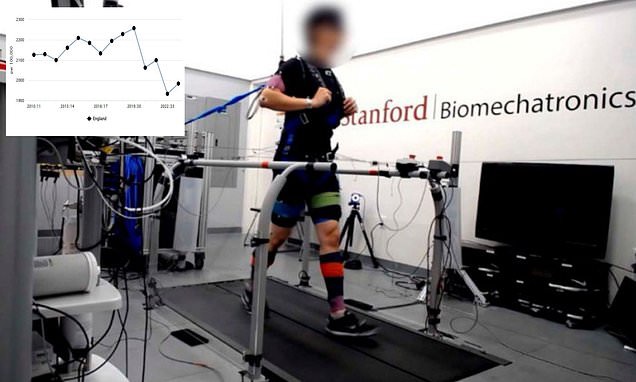Overview
- Stanford researchers found that step width variability, step timing irregularities, and foot placement patterns can predict future balance issues with over 86% accuracy.
- The study highlights that comparing an individual's gait to their own baseline is more effective than using group averages for detecting balance impairments.
- Perturbation tests, simulating unexpected balance challenges, did not significantly improve fall risk predictions beyond baseline walking data alone.
- The findings suggest proactive, longitudinal gait monitoring starting in mid-adulthood could enable early intervention and reduce fall-related injuries and fatalities among seniors.
- Falls currently affect one-third of adults over 65 annually, incurring billions in healthcare costs and ranking as a leading cause of injury-related deaths.


